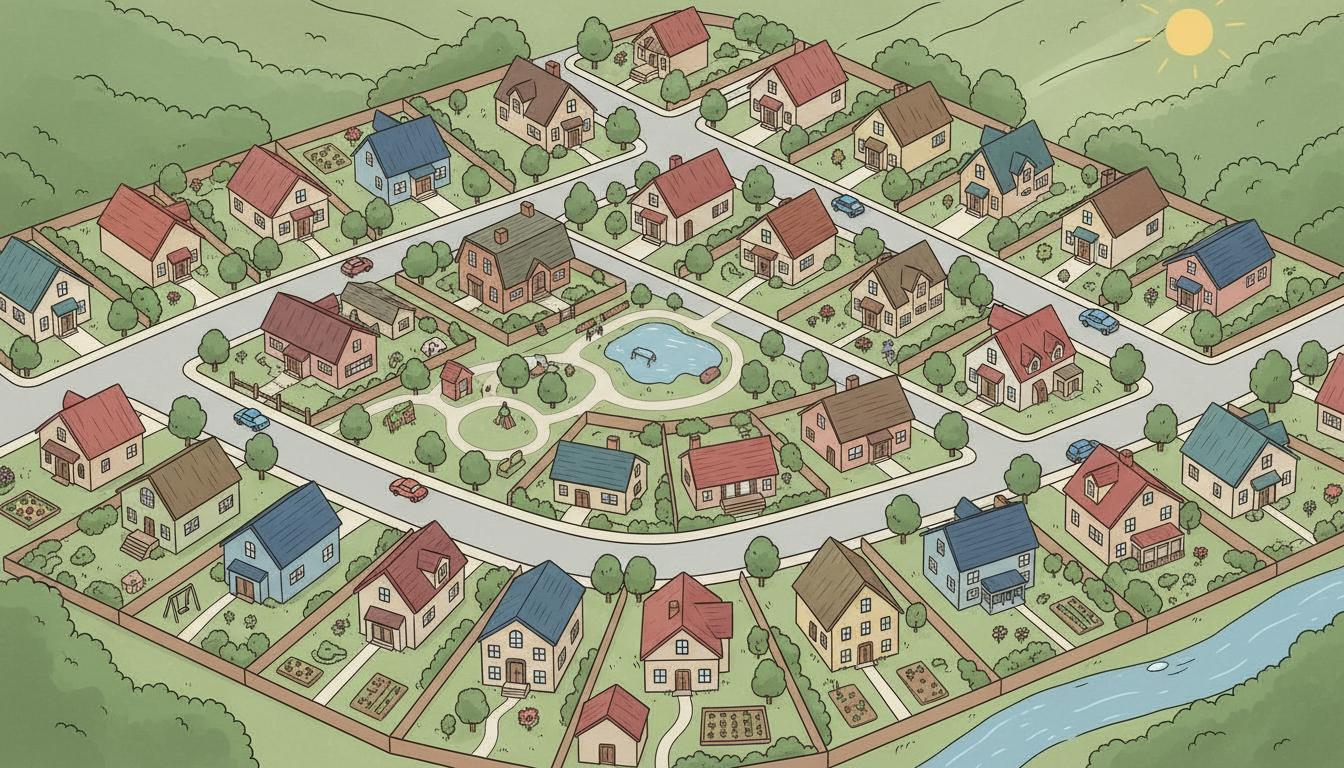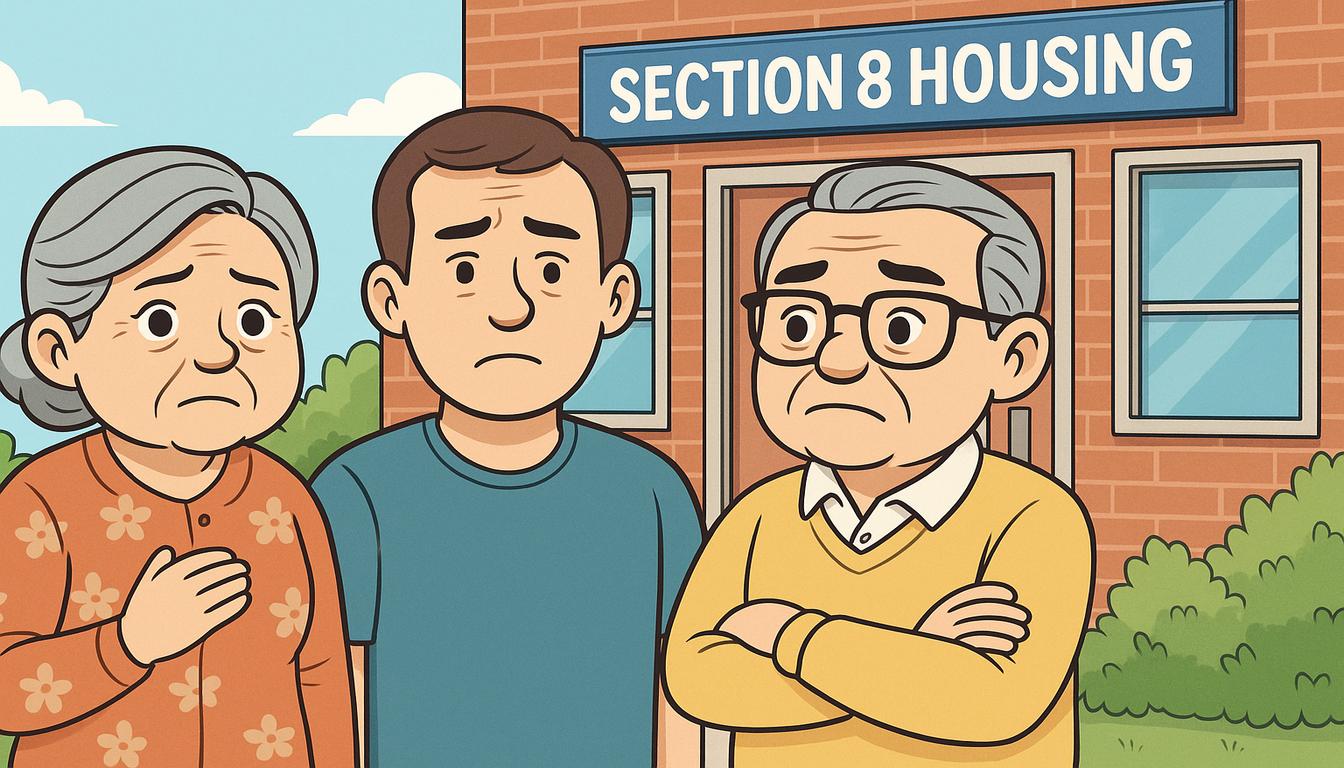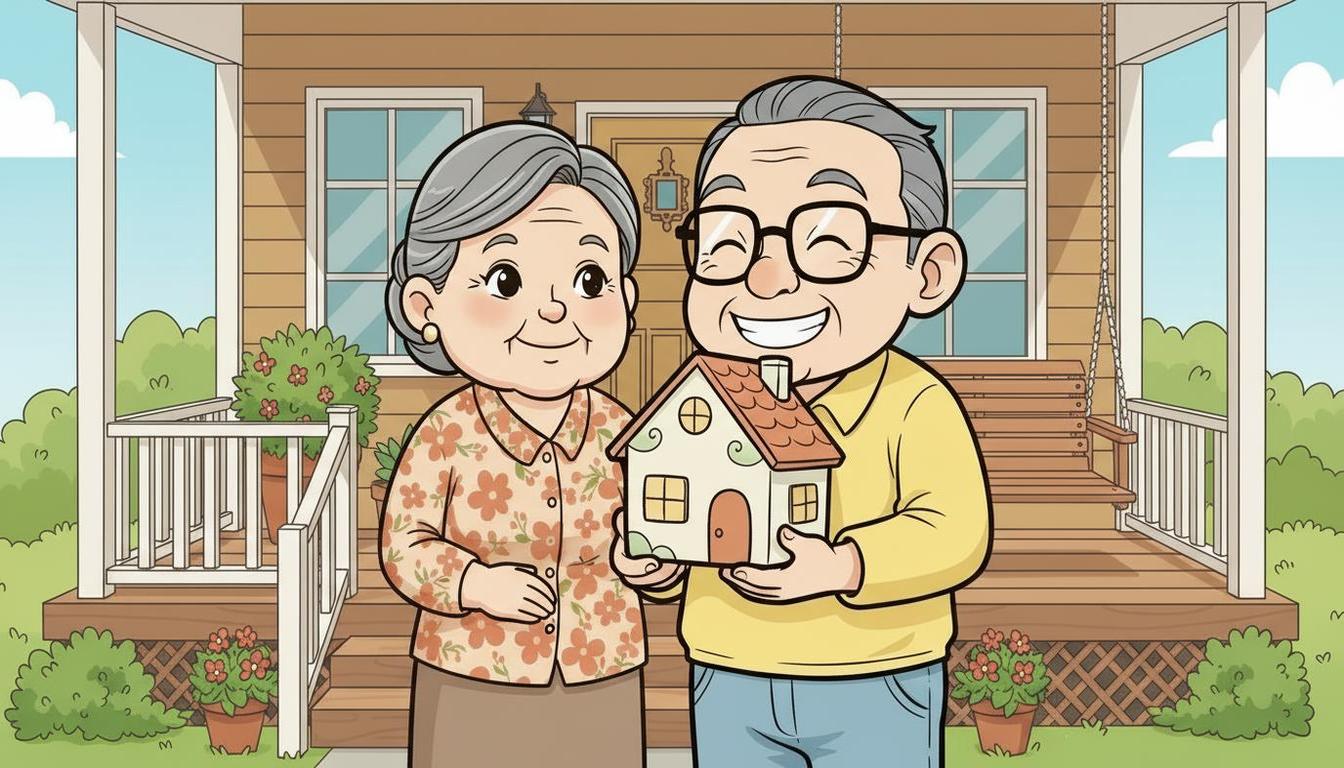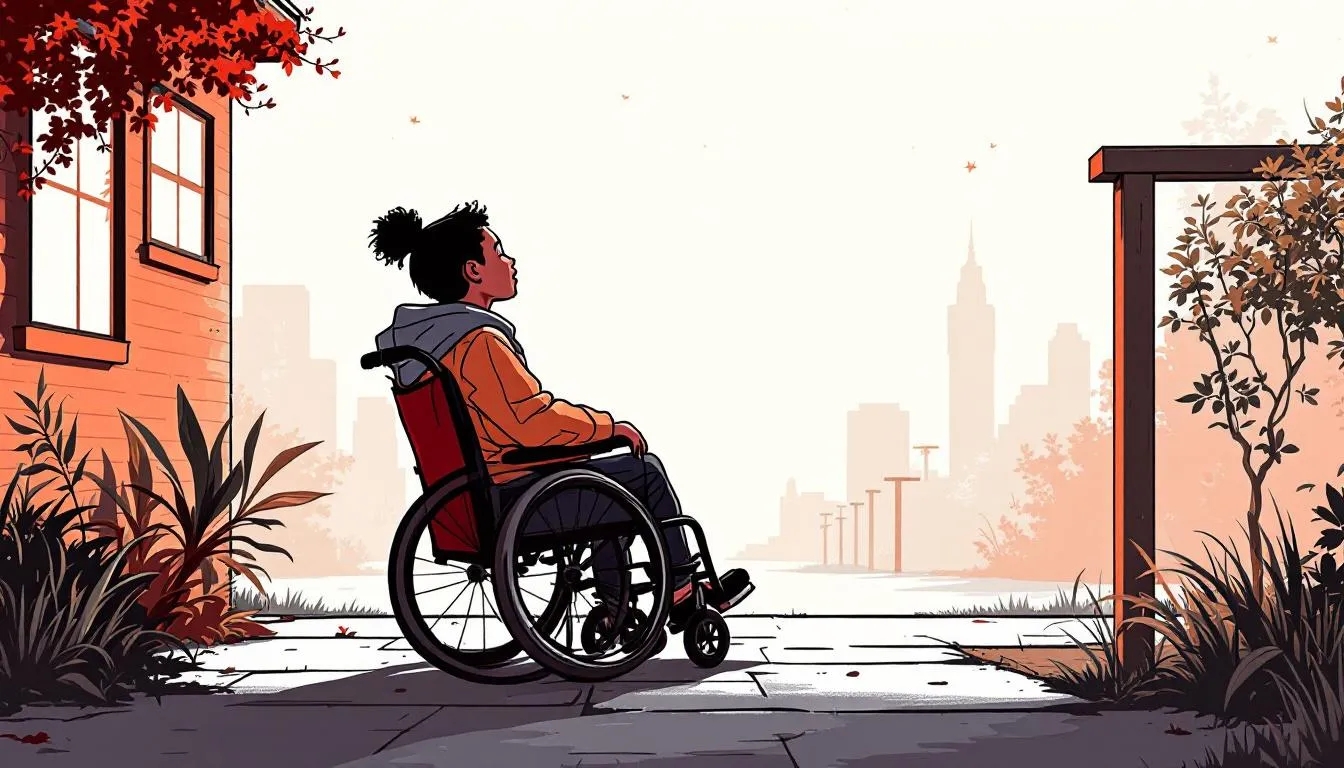
Self-Help Homeownership Opportunity Program: Your Path to Affordable Homeownership
Dreams of owning a home can feel impossible for many families. But what if there was a program that could make those dreams come true? The HUD SHOP (Self-Help Homeownership Opportunity Program) is doing exactly that.
"These funds will help make dreams come true. Many families want to buy a home, but can't find one they can afford," said HUD Agency Head Adrianne Todman. If you're exploring pathways like Section 8 housing, rent-to-own (RTO) programs, or affordable home buying options, SHOP could be the opportunity you've been searching for.
What is the SHOP Program?
The SHOP program provides funding to non-profit organizations that help families with limited incomes build their own homes. Participants contribute "sweat equity" by working on construction tasks like painting or landscaping. This reduces the overall cost of the home, making it more affordable.
Key Features:
-
Sweat Equity Contribution: Families work on their homes to lower costs.
-
Non-Profit Partnerships: Funds are distributed to organizations like Habitat for Humanity.
-
Flexible Design: Homes can be adapted to meet family needs.
How Does the SHOP Program Work?
-
Funding Non-Profits: HUD allocates SHOP funds to approved organizations.
-
Recruiting Participants: Nonprofits select eligible families based on income and willingness to contribute sweat equity.
-
Building Homes Together: Families work alongside professionals to construct or renovate their homes.
-
Affordable Ownership: Completed homes are sold to families at cost, making ownership achievable.
Who is Eligible for SHOP?
To participate, you must meet specific criteria:
-
Low to Moderate Income: Typically, families earning less than 80% of the area's median income.
-
Willingness to Work: Families must contribute sweat equity hours.
-
Stable Employment or Income Source: To afford mortgage payments.
Check with local non-profits like Habitat for Humanity for additional eligibility requirements.
How Does SHOP Compare to Section 8 and Rent-to-Own?
While Section 8 focuses on rental assistance, SHOP facilitates homeownership. Rent-to-own (RTO) programs bridge the gap, letting renters buy homes over time. Here's a comparison:
| Feature | Section 8 | Rent-to-Own (RTO) | SHOP Program |
|---|---|---|---|
| Goal | Rental affordability | Transition to ownership | Direct homeownership |
| Cost Structure | Rent assistance | Monthly payments | Sweat equity + cost |
| Eligibility | Income-based | Credit and income | Income + sweat equity |
| Support Level | Federal voucher | Private agreements | Non-profit + HUD |
If you're exploring RTO options, read our Rent-to-Own Article.
Why Choose SHOP?
-
Lower Costs: Sweat equity significantly reduces home prices.
-
Community Building: Participants work alongside neighbors, fostering strong connections.
-
Ownership Stability: Unlike renting, homeownership through SHOP creates long-term security.
How to Apply for SHOP?
Follow these steps:
-
Find a Local Non-Profit: Look for HUD-approved organizations, like Habitat for Humanity, operating in your area. Search HUD-approved organizations
-
Submit an Application: Provide proof of income, employment, and willingness to participate.
-
Interview and Approval: If approved, you'll sign an agreement outlining your responsibilities.
-
Start Building: Begin sweat equity hours and work toward your future home.
Challenges to Consider
-
Time Commitment: Sweat equity requires a significant time investment.
-
Eligibility Variances: Each non-profit may have different requirements.
-
Location Limitations: Availability depends on local participating organizations.
Frequently Asked Questions
1. Is the SHOP Program only for low-income families?
Yes, it's designed for families earning less than 80% of the area median income.
2. Do I need construction experience to join?
No experience is required. Non-profits provide training and supervision.
3. Can Section 8 vouchers be used with SHOP?
Not directly, but participants can transition from Section 8 to homeownership through SHOP.
4. What happens if I can't complete the sweat equity hours?
Nonprofits may allow family or friends to assist, but you must meet the minimum requirements.
5. Are SHOP homes in rural or urban areas?
Both! Locations depend on where participating non-profits operate.
6. How does SHOP funding affect home prices?
HUD grants reduce construction costs, ensuring homes are affordable for families.urn your homeownership dream into reality? The SHOP program might be your key!
Learn More
Visit HUD's SHOP Program Page or contact local non-profits like Habitat for Humanity. For additional information about affordable housing programs, check out our guides on Section 8 Housing and Rent-to-Own Options.
With government funding potentially being reduced, now is the time to take advantage of the SHOP program. It's not just about building houses; it's about building dreams, communities, and futures. With dedication and hard work, homeownership can be more than just a dream.
Ready to turn your homeownership dream into reality? The SHOP program might be your key!
Navigating the Section 8 housing process can feel overwhelming, and that's where Section 8 Search comes in. We're more than just a listing website; we're a dedicated resource designed to make finding housing under the Housing Choice Voucher Program straightforward and stress-free. Our platform offers user-friendly tools to explore listings and waiting list statuses nationwide, all built on official HUD data. We're also passionate about providing clear, helpful information and guidance, empowering you with the knowledge you need to understand eligibility, complete your application, and confidently navigate your housing journey.

.png)





.png)
.png)
.png)
.png)
.png)
.png)
.png)






